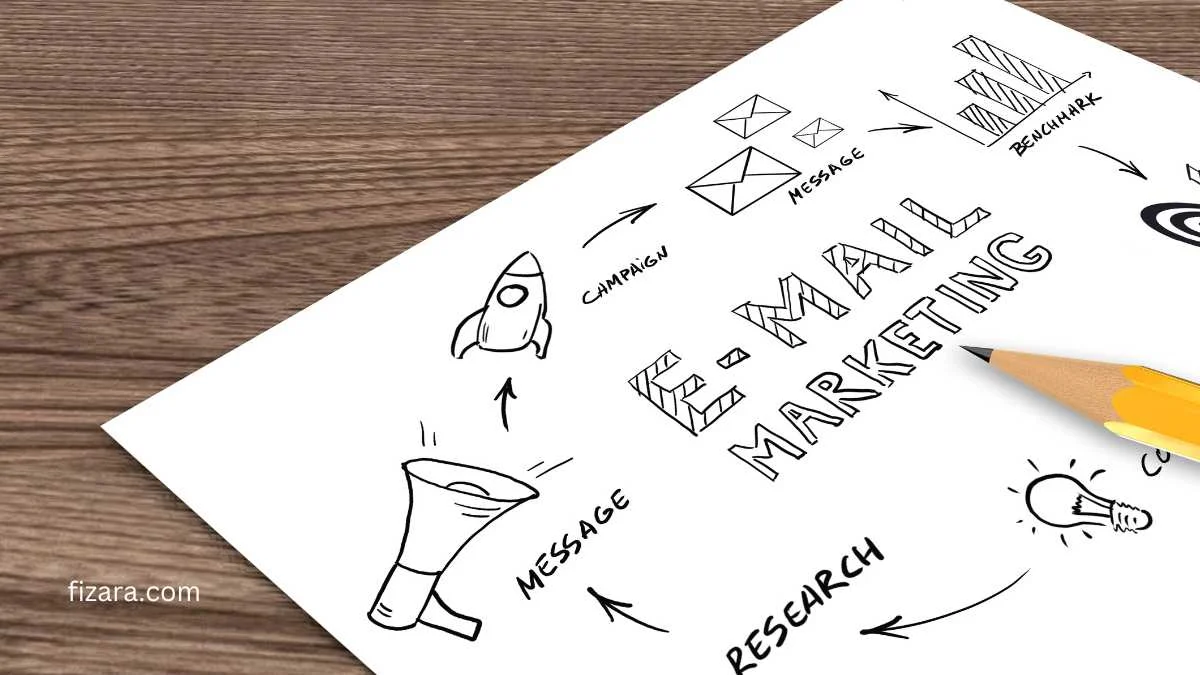Engaging an audience is essential for any business, and email marketing offers the most effective way to do it. Some might think that with so much social media and digital marketing, direct email communication with customers is starting to fade away. The reality, however, is that email marketing still enjoys an enviable return on investment. It is consistently among the highest in all marketing channels, digital or otherwise. This article discusses some of the basic benefits of email marketing and then gets into some best practices and strategies.
One of the most inexpensive and effective marketing strategies is email marketing. It offers virtually universal reach at a very low cost. A business of any size can take advantage of email marketing since nominal budgets will suffice to pay for the platforms that allow for email marketing’s implementation. Not that you should skimp on email marketing; this inexpensive platform delivers one of the highest returns on investment that a business can realise across all of digital marketing.
Businesses can use email marketing to carve up their audience and send customised content to those who have opted in to hear from them. These messages are sent based on the four Ps of marketing—product, price, place, and promotion. Email is not only one of the most effective marketing channels, but it’s also one of the oldest. More than 4 billion people around the world use email, making it a common ground for businesses to engage with their audiences. Aovup.com report reveals that in 2024, half of the world population are using emails.
Hence, concentrating on expanding an audience of invested subscribers who have a real interest in your offerings is a great idea. Use sign-up forms, lead magnets, and promotions on social media to entice prospective subscribers. For businesses looking to start, here is a guide on how to build an email list. Once they’ve subscribed, classify your email contacts into segments based on pertinent criteria. Your subject lines has a considerable influence on your open rates, so make them count! And beware: your subject line isn’t the only part of your email that can entice or disappoint an audience.
Incorporate the recipient’s name and individualise your emails based on what you know about their habits and likes. An “individualised” email reminds the recipient that they are important and suggests the sender understands the recipient as a unique character with specialised needs. Informative articles, enticing bargains, and exclusive content provide email value. Omit the overhyped, clingy, salesy stuff that might provoke an unsubscribe. Since almost half of all email opens happen on mobile devices, ensure your emails display well on such gadgets. Use responsive design, and test on different devices and operating systems.
Keep your emails sharp by continually testing the different aspects of them—subject lines, content, and the timing of sending these. Eliminate the guesswork and use your analytical outputs to identify the variations that deliver the best results. Employ automation to send contextually relevant and timely emails based on user actions taken or not taken, such as welcome emails, reminders of unfinished business (like abandoned carts), and emails sent after a purchase (the day after, “Are you enjoying your new purchase?”).
Include interactive components such as surveys, polls, and quizzes to make your audience participate more in your email marketing. While the participation isn’t always necessary, using audience insight tools can help you hone in on customer preferences. Also, don’t forget about reactivation campaigns for subscribers who have gone inactive; aim to win them back with special incentives or by asking for feedback that helps you understand what went awry. Finally, stay on the right side of email marketing regulations such as GDPR and CAN-SPAM, and don’t forget the basic rules of decency.
Email marketing is still a really strong and necessary way for businesses to reach their audiences and sell their products. Of course, as with any means of reaching the public, the key to email marketing’s success lies in doing it the right way. Companies can help ensure the right way by following some basic and some not-so-basic rules of thumb, along with a handful of strategies that have been proven effective.









